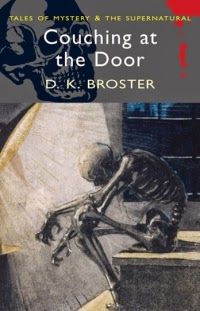Happy 200th Birthday Sheridan Le Fanu

'The Father of the English Ghost Story', Dublin-born Joseph Sheridan Le Fanu, is best known to admirers of Gothic fiction as the influential author of such chilling tales as Uncle Silas , The House by the Churchyard , The Strange Event in the Life of Schalken the Painter , and, perhaps most famously, the short story collection In A Glass Darkly , which contains Green Tea, The Room in the Dragon Volant, The Familiar, and, of course, Carmilla . Carmilla (1872) was groundbreaking for its time, not least because of its subtle love affair between the two main female characters. Taking his cue from John Polidori’s The Vampyre (1819), Le Fanu’s darkly sensual tale, detailing the delicate yet increasingly sinister courtship of a young woman by a female vampire, further entwined the figure of the vampire with notions of forbidden sexuality. Le Fanu was deeply influenced by the historical figure of Elizabeth Báthory, a Hungarian countess who reputedly bathed in the blood of young...



